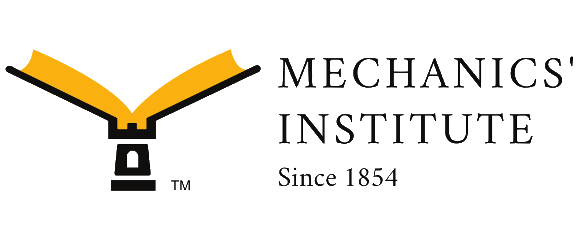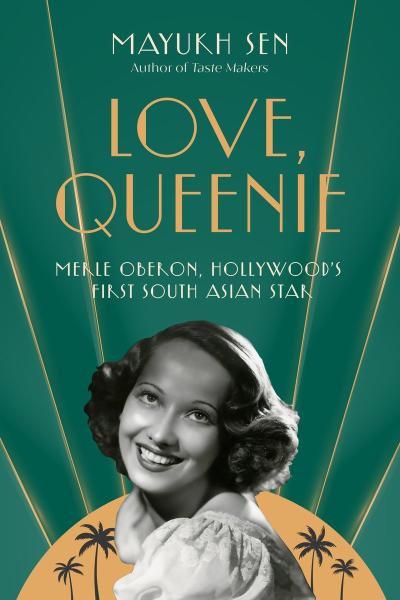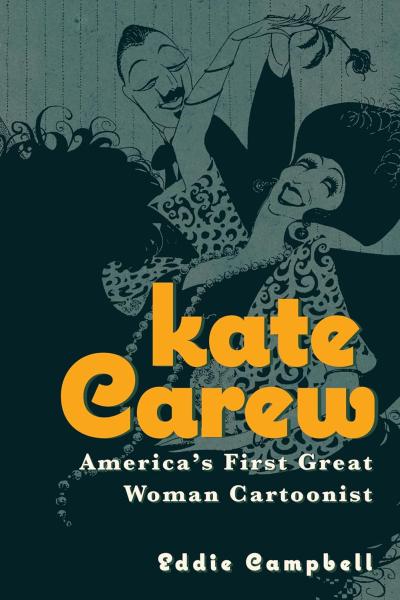
[syn=9780807014370]
[syn=9781596913950]
[syn=9781597141468]
[syn=9780313341991]
[syn=9781597141468]
This essay and selection of recommended books was compiled in honor of February’s designation as African American History Month. As I often say on our regular Wednesday noon tours, the Mechanics’ Institute is the oldest library in the west, but that isn’t quite true. It’s the oldest known library that still exists in these parts. Gold Rush era San Francisco actually had several libraries that predate us. The hordes of people who came from all over the world in response to that nugget of gold found at Sutter’s Fort were voracious readers - the best sellers of the day were Uncle Tom’s Cabin, the Scarlet Letter, Leaves of Grass, Walden, Ten-Nights in a Bar Room, Moby Dick, and my favorite, Bulfinch’s The Age of Fable - and so there was a great need for libraries. While many were probably as simple as a bookshelf of circulating titles in a boarding house; established libraries with their own building, an organized collection of books, and a staff were relatively few. As there was no tax system yet in place to support a “public library” (the San Francisco Public Library, funded by tax dollars would not be founded until 1877), those libraries that did exist, unless they were the pet project of a rich person, operated on the ‘subscription’ model as the Mechanics’ Institute currently does today. The year 1853-1854 would prove to be a banner year for libraries in the City. The Mercantile Association, the first “established” library was founded in 1853. The Mechanics’ Institute (with whom the Mercantile merged in 1906) was founded in 1854 but, as I recently discovered, another Library opened its doors just before we did: the San Francisco Athenaeum and Literary Association, an organization that could very well have been the first black circulating library in the west. The San Francisco Athenaeum and Literary Association catered to the small but growing black population of San Francisco. It was organized in 1853 by William H. Newby, a freeborn Philadelphian who had come to California in 1851. A photographer and newspaper man, Newby, with the help of Mifflin Gibbs (who later became the first black jurist in the nation and the U.S. Consult to Madagascar), founded the Athenaeum and Literary Association as a meeting place for African American men and women from all echelons of San Francisco society. The Athenaeum’s library, reading rooms, and saloon (awesome!) – though not listed in the San Francisco City Directory - were housed in a two story building on Washington above Stockton according to one source. Its notable library consisted of some eight hundred volumes and periodicals from around the world and within its first year, it boasted seventy members and receipts totaling $2,000. A remarkable achievement considering that the African American community of San Francisco was less than 400 people in the early 1850’s (there were many more living in the gold producing counties). While the Athenaeums’ existence was relatively short-lived, its spirit went on to form the San Francisco African American Historical and Cultural Society an organization still thriving today on Fulton Street. While the Mechanics’ Institute does not have a special “African American” collection, it does collect books on topics specifically of interest to African Americans and has recently added several new titles of merit. To find more books just ask a librarian on the 3rd floor of the library or send an email to [email protected].
African American Almanac: 400 years of triumph, courage and excellence by Lean'tin Bracks "The most complete and affordable single-volume reference of African American culture available today, this almanac is a unique and valuable resource devoted to illustrating and demystifying the moving, difficult, and often lost history of black life in America. A legacy of pride, struggle, and triumph spanning more than 400 years is presented through a fascinating mix of biographies-including 500 influential figures-little-known or misunderstood historical facts, enlightening essays on significant legislation and movements, and 150 rare photographs and illustrations. Covering events surrounding the civil rights movement; African American literature, art, and music; religion within the black community; and advances in science and medicine, this reference connects history to the issues currently facing the African American community and provides a range of information on society and culture"-- Provided by publisher
Encyclopedia of African American music Presenting all facets of African American music, including folk, religious, concert, and popular styles of today, this Encyclopedia nicely fills a gap in our collection by illuminating the profound role that African American music has played in American cultural history.
Disintergration: the splintering of Black America by Eugene Robinson If MSNBC is where you get your news, Pulitzer Prize winner and Washington Post columnist Eugene Robinson is a frequent and voluble guest commentator. His Disintegration “offers a new paradigm for understanding race in America, with implications both hopeful and dispiriting. It shines necessary light on debates about affirmative action, racial identity, and the ultimate question of whether the black community will endure.”
Reimagining equality : stories of gender, race, and finding home by Anita Hill “In 1991, Anita Hill’s courageous testimony during the Clarence Thomas confirmation hearings sparked a national conversation on sexual harassment and women’s equality in politics and the workplace. Today, she turns her attention to another potent and enduring symbol of economic success and equality—the home. Hill details how the current housing crisis, resulting in the devastation of so many families, so many communities, and even whole cities, imperils every American’s ability to achieve the American Dream. To achieve that ideal, Hill argues, we and our leaders must engage in a new conversation about what it takes to be at home in America. Pointing out that the inclusive democracy our Constitution promises is bigger than the current debate about legal rights, she presents concrete proposals that encourage us to reimagine equality. Hill offers a twenty-first-century vision of America—not a vision of migration, but one of roots; not one simply of tolerance, but one of belonging; not just of rights, but also of community—a community of equals."-- Provided by publisher
High on the hog : a culinary journey from Africa to America by Jessica B. Harris “Acclaimed cookbook author Jessica B. Harris weaves an utterly engaging history of African American cuisine, taking the reader on a harrowing journey from Africa across the Atlantic to America, and tracking the trials that the people and the food have undergone along the way. From chitlins and ham hocks to fried chicken and vegan soul, Harris celebrates the delicious and restorative foods of the African American experience and details how each came to form an important part of African American culture, history, and identity. Although the story of African cuisine in America begins with slavery, High on the Hog ultimately chronicles a thrilling history of triumph and survival. The work of a masterful storyteller and an acclaimed scholar, Jessica B. Harris's High on the Hog fills an important gap in our culinary history."-- Provided by publisher



